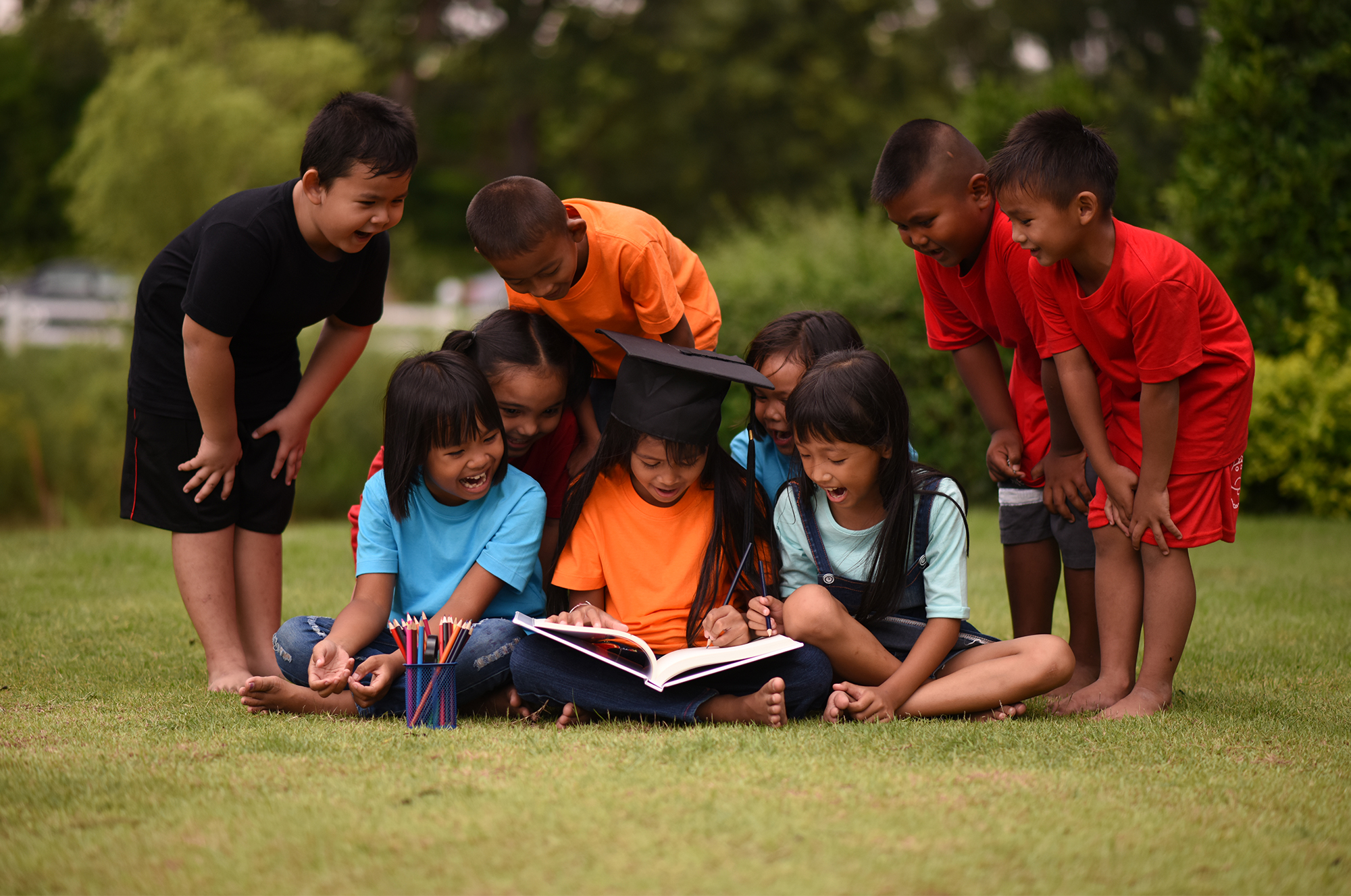India’s diversity is not only cultural and geographical but educational too. Across its 29 states and 8 union territories, progress in literacy has varied widely over the years. For decades, Kerala was hailed as India’s literacy pioneer, admired for its investments in public schooling, adult education, and equity-driven reforms. But in 2025, a new chapter unfolded: Himachal Pradesh achieved an extraordinary 99.3% literacy rate, joining the select group of states recognized as fully literate.
Kerala has long been India’s benchmark in literacy, with its rate standing at 96.2%. Its success was built on consistent government investment, social reform movements, and widespread community participation in education. While its growth has plateaued in recent years, Kerala continues to play an iconic role in setting the foundation for what literacy can achieve in transforming society.

In 2025, under the Union Government’s ULLAS – New India Literacy Programme, three states were officially declared fully literate:
Together, these states demonstrated that literacy success is possible not only through historical legacy (like Kerala) but also through contemporary policy focus, strong community participation, and innovative approaches.

Now, Himachal Pradesh has joined this league of fully literate states with a literacy rate of 99.3%. While Goa holds the top percentage, Himachal’s achievement is especially significant given its mountainous terrain, dispersed rural population, and weather-related barriers.
At ILSAP, our work is rooted in the belief that knowledge has no boundaries. The literacy journeys of Himachal, Mizoram, Tripura, and Goa show how policy, infrastructure, and community collaboration can achieve extraordinary results.
For our participants, these stories matter because they highlight India not just as a land of culture and tradition, but as a country constantly striving for educational innovation and equity. Through our study abroad, service learning, and cultural immersion programs, we aim to connect global learners with these very narratives—of resilience, progress, and transformation.